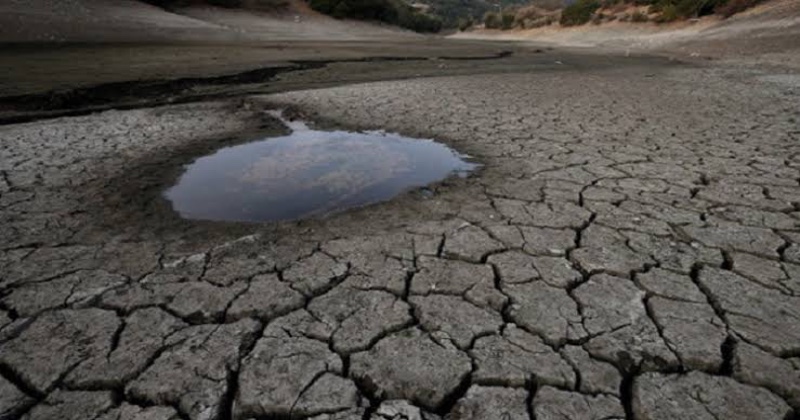
In Madhya Pradesh, insufficient rainfall has become a significant concern for the upcoming assembly elections, primarily affecting Kharif crops, especially soybeans, in more than half of the state’s 53 districts. According to the India Meteorological Department in Bhopal, as of September 3, 2023, the entire state has experienced rainfall 18 percent below the normal average. Among the districts, 47 have reported below-normal rains, with variations from 2% below normal in Anuppur to a significant 46% below normal in Satna, both in the Vindhya region.
The situation is most critical in 29 districts, including areas like Sehore, Vidisha, Satna, Mandsaur, and Ashok Nagar, where rainfall deficits range from 21% to a staggering 46% below normal between June 1 and September 3. In many western districts, like Mandsaur, Neemuch, Ujjain, Ratlam, Barwani, and Khargone, which are crucial for soybean and cotton cultivation, farmers have resorted to unusual rituals to appease the rain gods due to the drought-like conditions.
Farmers are facing significant losses, with an estimated 40% of the soybean crop already lost due to inadequate rainfall, insect infestations, diseases like yellow mosaic, unscheduled power cuts, and water shortages in canals and dams. The government, led by CM Shivraj Singh Chouhan, is taking steps to address the crisis, pledging support to farmers by ensuring water supply from available dams. The rainfall deficit has now become a pressing issue for both agriculture and the political landscape in Madhya Pradesh.

Post Your Comments